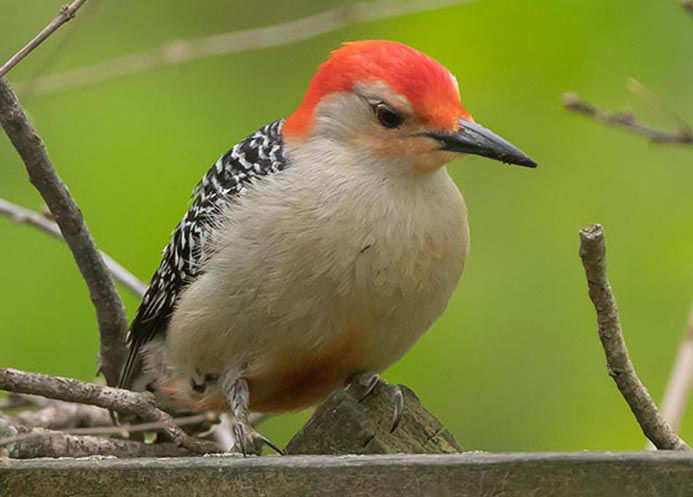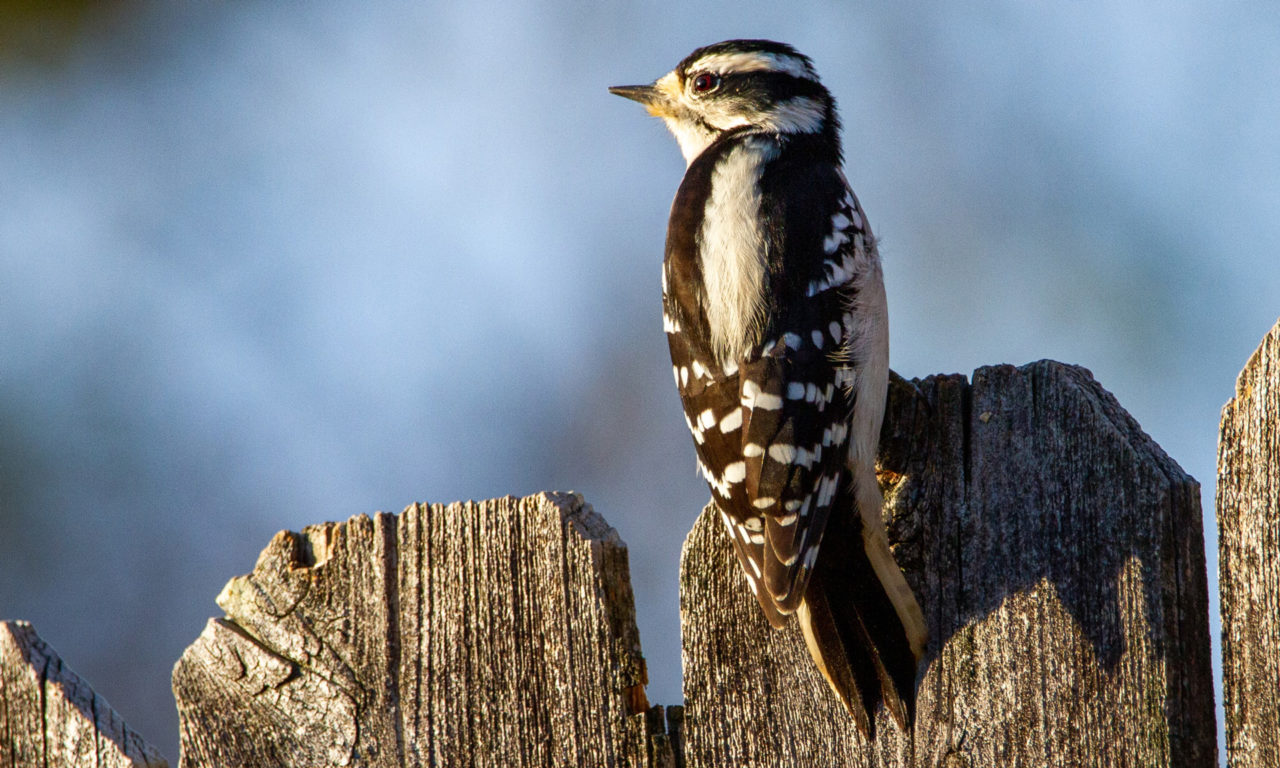Woodpeckers in Florida Population: Variety Introduction and Conservation
Woodpeckers in Florida Population: Variety Introduction and Conservation
Blog Article
Discover the Fascinating Globe of Woodpeckers: Everything You Need to Know
The world of woodpeckers is a world loaded with one-of-a-kind habits, detailed adaptations, and a diverse array of species. From their habitats and circulation patterns to their feeding practices and specialized anatomical features, woodpeckers have actually long astounded the interest of ornithologists and nature lovers alike. Understanding the complexities of these remarkable birds supplies a glance into the complicated interplay in between their biology and the setting. As we check out the globe of woodpeckers better, we reveal a wide range of details that clarifies their relevance in ecosystems and the challenges they face in an ever-changing world.
Woodpecker Habitats and Distribution
Woodpeckers occupy a varied variety of atmospheres worldwide, showcasing flexibility in their distribution patterns. These durable birds are located in forests, woodlands, savannas, and deserts throughout different continents, demonstrating their ability to prosper in different climatic conditions. In The United States and copyright, for example, woodpeckers can be identified in both coniferous and deciduous forests, utilizing their solid beaks to forage for insects and create nesting cavities in trees. Similarly, in Africa, certain woodpecker species have adapted to arid settings, such as the acacia forests, where they play a crucial function in regulating insect populations.

Feeding Behaviors and Diet Regimen
Woodpeckers utilize their solid beaks to pierce into the bark of trees, penetrating for pests and larvae hidden under the surface. In enhancement to pests, woodpeckers also eat nuts, seeds, fruits, and sap.
Woodpeckers are recognized for their drumming habits, which offers not only to interact with other woodpeckers but also to find food. The fast drumming audio is produced by the bird pecking on powerful surfaces like dead trees or steel poles. This behavior can draw in insects concealed in the timber, permitting the woodpecker to identify their presence and eat them.
Special Adjustments for Tree Climbing
In their skilled quest of insects hidden within tree bark, woodpeckers have advanced impressive anatomical features that outfit them with one-of-a-kind adjustments for effective tree climbing. Among the essential adjustments is their zygodactyl feet, with two toes aiming onward and two aiming backwards, providing a solid grip on tree trunks. This specialized foot plan allows woodpeckers to stick to upright surface areas easily, enabling them to go up and down trees with dexterity. In addition, woodpeckers have tight tail plumes that work as a helpful prop while they climb, assisting in balance and security. Their solid, chisel-like beaks are not just utilized for boring into timber but also for gripping onto bark as they ascend sites tree trunks. Additionally, woodpeckers have solid neck muscles and an unique head framework that soak up the effect of continuous pecking, allowing them to climb up and down without creating harm to their minds. These adjustments showcase the unbelievable evolutionary layout that enables woodpeckers to navigate trees with precision and effectiveness.
Diverse Woodpecker Types Worldwide
With over 200 various species spread out across numerous habitats worldwide, the household of Picidae incorporates an impressive diversity of woodpeckers. These birds can be found in forests, forests, savannas, and even metropolitan locations, showcasing their versatility to various environments. From the iconic Northern Flicker in North America to the vivid and evasive Crimson-backed Flameback in Asia, each woodpecker species displays special review characteristics in terms of plumage, behavior, and habitat choice.
Woodpeckers vary substantially in dimension, with the petite Downy Woodpecker measuring around 6-7 inches in length, while the powerful Lineated Woodpecker can reach up to 17 inches - Woodpeckers in Florida. Their beaks additionally are available in various sizes and shapes, reflecting their feeding practices. Some types specialize in removing insects from tree bark, like the Acorn Woodpecker, while others, such as the Black-cheeked Woodpecker, feed upon fruits and seeds

Preservation Efforts and Challenges
Preservation initiatives for woodpecker populaces are critical in mitigating the influence of habitat loss and other threats dealing with these varied bird types. Woodpeckers deal with different obstacles to their survival, mainly due to logging, urbanization, climate change, and intrusive species. To browse around here address these problems, conservation initiatives concentrate on shielding and bring back woodpecker environments, executing sustainable forestry methods, and increasing understanding about the value of these birds in environments.
One substantial difficulty in woodpecker conservation is the fragmentation of their habitats, leading to isolated populations that are more susceptible to termination - Woodpeckers in Florida. Guardians work to produce wild animals hallways and safeguarded locations that connect these fragmented habitats, permitting woodpeckers to move between different locations for feeding, reproducing, and sanctuary

Conclusion
In conclusion, woodpeckers are fascinating birds with unique adjustments for tree climbing and feeding behaviors. They can be located in diverse habitats worldwide, encountering preservation challenges because of environment loss and human tasks. Understanding their environments, diets, and behaviors is critical for preservation efforts to safeguard these important bird varieties. Additional research study and conservation activities are needed to make sure the survival of woodpeckers in the wild.
Report this page